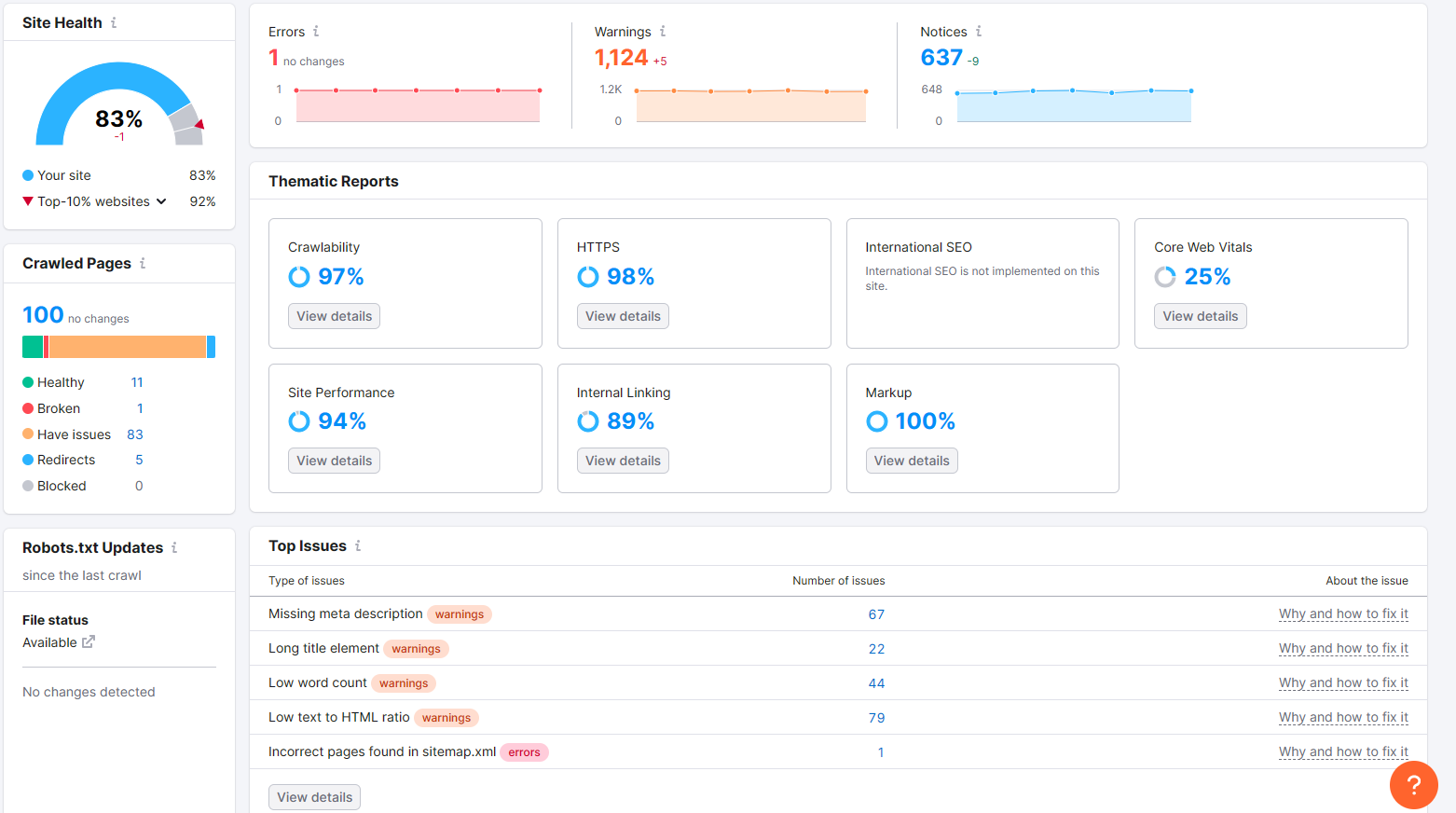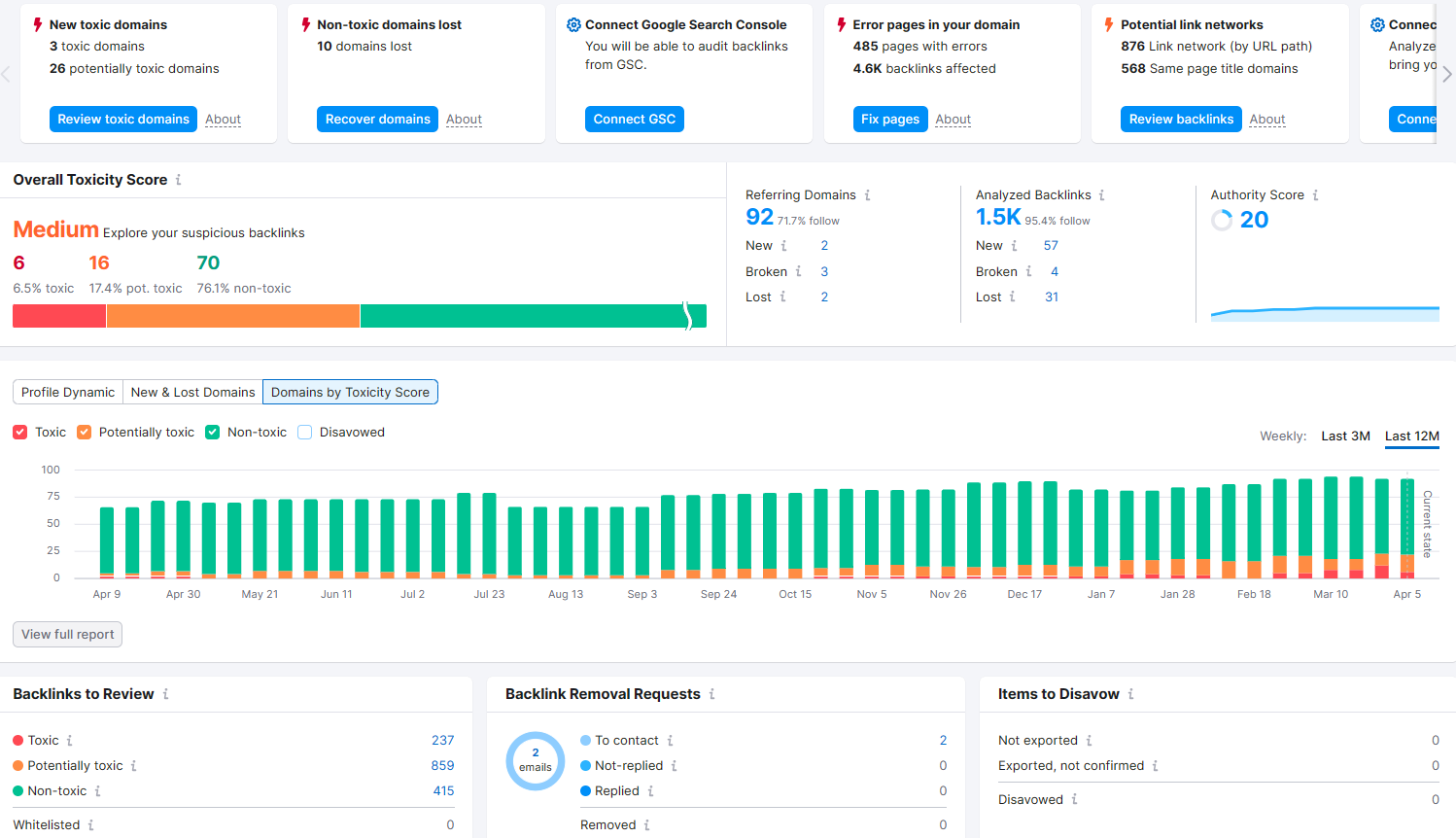MarTech Moment: SEO 101
This year, Chrome is disabling third-party cookies, marking a significant win for privacy. However, this change poses a challenge for data-driven marketers. Despite this change, Google assures it will allow advertisers to show relevant ads and measure their effectiveness in a privacy-friendly manner as they aim to replace third-party cookies with new measurement and reporting tools that prevent cross-site user tracking.
As a result of this, and several other digital ad targeting adjustments, it’s not surprising that we’re seeing an increase in clients seeking search engine optimization (SEO) strategies to improve their organic impressions that deliver clicks and conversions.
As a quick definition, SEO refers to the process of improving a website's technical setup, content relevance and link credibility. The goal is to boost a website's visibility, relevance and popularity in response to user search queries, ultimately resulting in higher rankings on search engine results pages. In practical terms, this means that your website becomes more easily discoverable and is more likely to generate relevant traffic.
So, we know SEO is important, but how do we get started? How do we demystify SEO?
Let’s simplify SEO into three main factors: your website health, content quality and domain authority. Visualize them as a three-legged stool: if one leg is missing or weak, the stool won’t work. So, let’s define these three so we can understand the steps necessary to rise in search rankings.
Site Health
Is your website following best practices? How’s the user experience (UX) in terms of site speed and navigation? Do you have all the necessary elements like alt tags, image descriptions and other components to ensure that you’re providing the best possible experience, with comprehensive content for both users and search engines to read and navigate your site? The first step is to perform an audit—and there are several great tools available for this purpose. Some of those tools include, but certainly are not limited to:

Above: The dashboard results from running a site health audit scan on Semrush.
Commonly identified website health issues that affect SEO include:
- Missing or inadequate metadata: Title tags, meta descriptions and other metadata help search engines understand the content of your pages.
- Broken links, CSS and JavaScript files: Broken links and files can frustrate users and harm your site's crawlability.
- Duplicate content: Having duplicate content across your site or on other websites can result in a loss of search engine visibility.
- Slow page loading speed: Slow-loading pages can lead to poor user experience and higher bounce rates.
- Mobile responsiveness: Websites that are not optimized for mobile devices may rank lower in mobile search results, as Google prioritizes mobile-friendly sites.
- Poor site structure: A disorganized site structure can make it difficult for search engines to crawl and index your content properly.
- Low-quality content: Content that is irrelevant or poor quality may not rank well in search results, as search engines prioritize content that provides value to users.
Once you’ve identified and fixed these issues, it’s crucial to re-test and monitor your website’s health as you continue to build out its content.
Content Strategy
When creating a content strategy, it's helpful to pose targeted questions to guide the development of your content pillar pages. Consider: What is the desired identity for your business? What unique aspects of your products or services differentiate you from competitors?
A pillar page is a comprehensive resource page, serving as a central hub offering a general overview of a topic and linking to more detailed cluster pages. For example, you can visualize a popular branded product or page as the focal point, connecting to supporting content like blog articles, videos, testimonial pages, internal news pages and additional resources.
This content marketing site architecture helps both users and search engines understand your relevancy and ultimately why people will engage with your site. To refine this approach, conducting a keyword review is essential. Third-party programs can assist with analyzing your company website alongside competitors' sites to reveal how they position their content and uncover additional opportunities for content expansion.
Using tools like Google Trends will help refine these keywords and phrases to identify the relevance of the words and suggest synonyms. This process can help generate more traffic, enhance conversion rates, and evaluate their competitiveness in the market. For example, while "used cars" may garner significant search volume, it often yields a high number of search results and may not be specific enough to attract converting search traffic. In contrast, a keyword phrase like "used BMW M3 near me" is much more precise and targeted, making it more effective in attracting relevant search traffic that is likely to convert.
Through conducting an audit of keywords and identifying content pillars, you'll likely uncover gaps in your content strategy, opportunities for improvement and areas of crowded competition that may not be worth pursuing. Subsequently, like the site health section, site updates and buildout become essential to support each content pillar, utilizing the identified search keywords and phrases. This ensures alignment with your content strategy and enhances your site's overall effectiveness in attracting and engaging your target audience.
Domain Authority
Finally, your potential to become a leader in any field, regardless of the content discipline, depends on others linking to your content. The authority score of your domain is determined by its ability to provide valuable information and serve as a reference within your product or service niche. This emphasizes the importance of building credibility and establishing your expertise through high-quality content that others find valuable and worthy of linking to.
For example, if your company is a leader in medical devices, it's expected that other credible references will naturally link externally to your site. Using tools that identify these external links can not only provide you with a count but also suggest additional third-party sites where you can submit your content. During a domain authority audit, any toxic backlinks will also be identified, allowing you to reject them.

Above: The dashboard results from reviewing a site link audit on Semrush.
As with any endeavor, it's wise to partner with someone who demonstrates expertise and has resources to extract the most valuable insights. If you're interested in discovering how we can assist in launching a customized SEO strategy, please don't hesitate to Contact Us. We're here to help!

